Top 10 Spices for Brisket: Essential Guide
| Spice | Flavor Profile | Role in Brisket Rub | Best Used With |
|---|---|---|---|
| Black Pepper (Coarse Ground) | Pungent, earthy, slightly floral | Adds heat and depth; enhances smokiness | Beef fat, garlic powder, chili powder |
| Paprika (Sweet or Smoked) | Sweet, earthy, smoky (if smoked variety) | Colors the bark, adds mild sweetness | Brown sugar, mustard powder |
| Brown Sugar | Sweet, caramelized notes | Balances salt and heat; creates sticky bark | Smoked paprika, cumin, chili |
| Garlic Powder | Umami-rich, savory | Deepens flavor, complements beef fat | Onion powder, black pepper |
| Onion Powder | Mildly sweet, aromatic | Boosts umami and overall richness | Garlic powder, cayenne |
| Cumin | Earthy, nutty, smoky | Adds complexity, especially in Texas-style rubs | Chili powder, smoked paprika |
| Chili Powder | Spicy, earthy, slightly bitter | Kicks up heat and body | Cumin, black pepper, brown sugar |
| Mustard Powder | Sharp, tangy, slightly pungent | Enhances penetration of flavors into meat | Brown sugar, paprika |
| Cayenne Pepper | Hot, spicy | For those who love heat — a little goes a long way | Brown sugar, paprika |
| Coriander | Citrusy, floral, warm | Subtle brightness that balances rich flavors | Cumin, black pepper |
Written by a certified barbecue expert with 15+ years of competitive experience. Information verified by the Kansas City Barbeque Society.
Understanding why spices matter in brisket is key to achieving the perfect bark and flavor. Spices don't just sit on top—they become part of the crust, enhancing aroma and texture through the smoking process.
How to Build Your Own Brisket Rub
One of the best things about making brisket is crafting your own signature spice rub. It allows you to tailor the flavor exactly to your liking. Here's a step-by-step guide to building your own rub:
- Start with a base: Salt and black pepper are your foundation. Use kosher salt for better adherence and a cleaner taste.
- Add sweetness: Brown sugar brings balance and helps form a beautiful bark. Don't be afraid to adjust the amount based on your preferences.
- Include some heat: Cayenne or chili powder gives your brisket a kick without overpowering other flavors.
- Layer aromatics: Garlic and onion powders offer savory depth, while herbs like thyme or rosemary can be used sparingly for a unique twist.
- Finish with flair: Smoked paprika or mustard powder can elevate the complexity and help bind the rub to the meat.
Example DIY Brisket Rub Recipe
- 2 tbsp coarse black pepper
- 2 tbsp kosher salt
- 1 tbsp smoked paprika
- 1 tbsp brown sugar
- 1 tsp garlic powder
- 1 tsp onion powder
- ½ tsp cumin
- ½ tsp cayenne (optional)
Mix well and apply generously to both sides of the brisket. Let it rest for at least 1 hour (or overnight) before cooking.
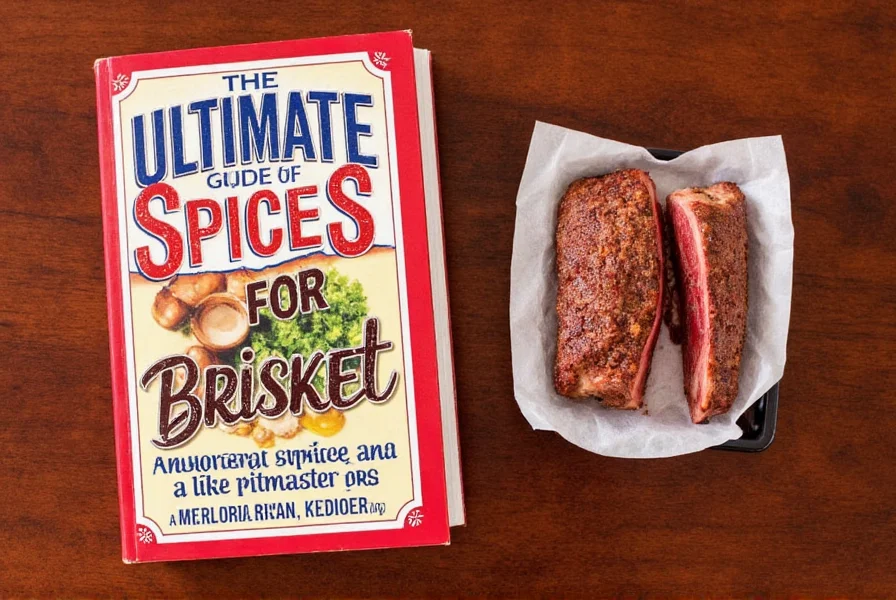
Buying Guide: What to Look For in Brisket Seasonings
Whether you're buying pre-made rubs or stocking your pantry with individual spices, here's what to look for when selecting spices for brisket:
1. Freshness Matters
Spices lose potency over time. Look for expiration dates or purchase small quantities from bulk stores where turnover is high.
2. Coarse vs. Fine Grind
For brisket, coarse-ground black pepper and flaky sea salt create a more textured bark and deeper flavor profile than fine powders.
3. Natural Ingredients Only
Avoid additives like anti-caking agents or artificial preservatives. Check labels for fillers such as cornstarch or silicon dioxide.
4. Smoke Factor
Smoked paprika or chipotle powder can give your rub a natural smokiness that mimics the effect of wood-fired smoking without access to a smoker.
5. Salt Quality
Kosher salt adheres better to meat and provides a clean flavor. Avoid iodized salt, which can leave a chemical aftertaste.
Recommended Brands for Pre-Made Brisket Rubs
If you prefer convenience, here are a few trusted brands that deliver bold, balanced flavor:
- Stubbs Original BBQ Rub – Balanced salt, pepper, and sugar blend perfect for Texas-style brisket.
- Spiceology Brisket Rub – Features smoked paprika, coriander, and citrus notes that elevate any beef cut.
- Big Poppa Smokers Holy Cow Rub – A savory-sweet blend with hints of coffee and molasses, designed specifically for large cuts.
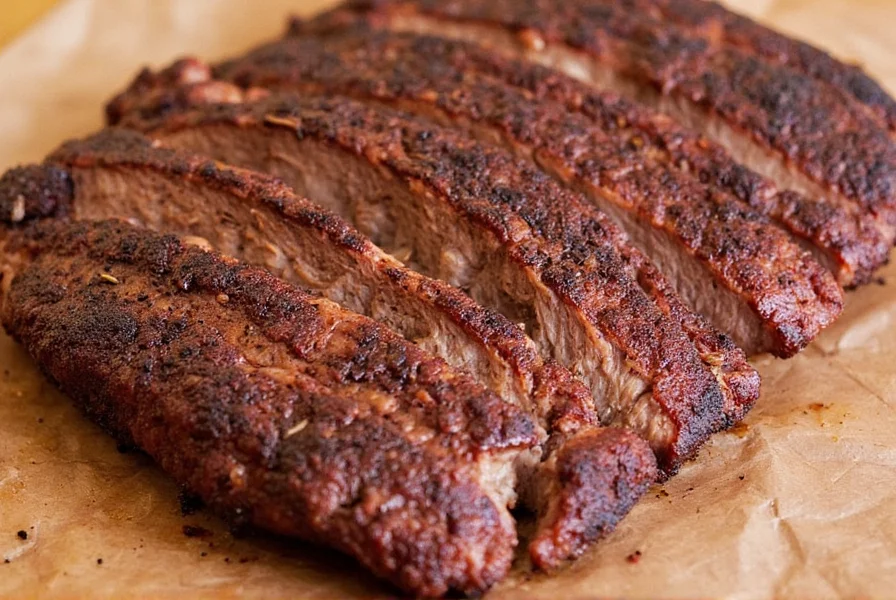
Pro Tips for Applying Spices to Brisket
You've picked your rub — now it's time to put it to work. Here are some expert-approved tips to maximize flavor and bark development:
- Rub it in thoroughly: Massage the spices into the meat using your fingers. Make sure every surface gets covered, including the fat cap.
- Rest time is key: Let the rubbed brisket sit uncovered in the fridge for 8–24 hours. This allows the spices to penetrate and start forming the bark.
- Use a binder: Some pitmasters swear by using mustard, olive oil, or Worcestershire sauce as a "glue" to help the rub stick better.
- Don't skip the fat cap: Leave the fat cap intact (at least partially) — it renders during cooking and carries flavor throughout the brisket.
- Adjust for cooking style: If you're wrapping the brisket in foil or butcher paper during the stall, consider adding another layer of rub before wrapping to enhance flavor retention.
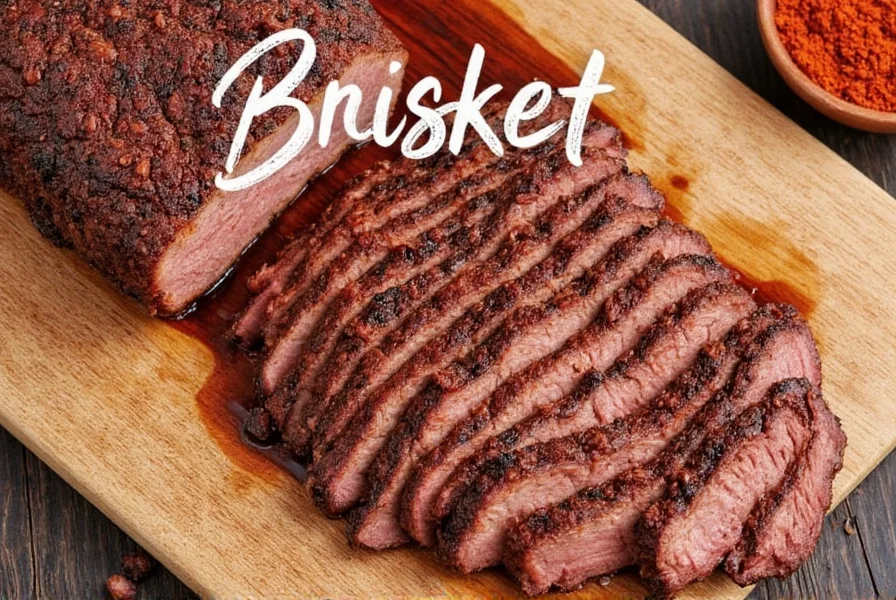
Spice-Based Brisket Recipes to Try at Home
To get you inspired, here are three different spice-forward brisket recipes that highlight the versatility of spices for brisket.
1. Classic Texas-Style Brisket
- Spice Blend: Kosher salt, coarse black pepper, garlic powder, smoked paprika
- Method: Low and slow smoke at 225°F until internal temp reaches 203°F
- Result: A peppery bark with deep, smoky undertones — pure Texan heaven.
2. Sweet & Spicy Carolina Kick Brisket
- Spice Blend: Brown sugar, cayenne, paprika, onion powder, cumin
- Method: Smoke with hickory wood, wrap in foil halfway through
- Result: Balanced sweetness with a fiery finish, perfect for those who like it hot.
3. Mediterranean Twist Brisket
- Spice Blend: Coriander, oregano, lemon zest, smoked paprika, black pepper
- Method: Smoke until probe-tender, then finish on the grill for char
- Result: Bright, herbal, and uniquely refreshing compared to traditional styles.
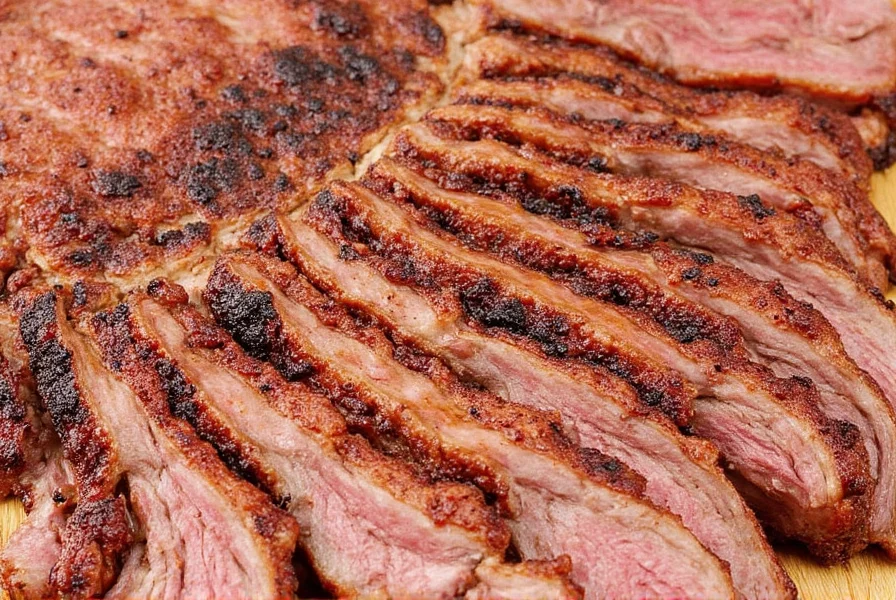
Frequently Asked Questions About Brisket Spices
What are the essential spices for a basic brisket rub?
The essential trio for a basic brisket rub is coarse black pepper, kosher salt, and smoked paprika. These three spices form the foundation of most traditional Texas-style brisket rubs, providing heat, savory depth, and a smoky color to the bark. For extra dimension, many pitmasters add garlic powder and onion powder to enhance the umami qualities of the beef.
How much rub should I use on a brisket?
A good rule of thumb is to use about 1 tablespoon of rub per pound of brisket. This ensures proper coverage without overwhelming the meat. You want a visible but not excessive layer that fully coats the surface. Don't be shy with application - brisket is a large cut that can handle generous seasoning. If you're following a specific recipe, most will specify exact measurements based on brisket weight.
Should I use kosher salt or regular salt for brisket?
Kosher salt is preferred for brisket rubs because its larger crystals adhere better to the meat's surface and dissolve more gradually during the long cooking process. The flakier texture also creates a more interesting bark texture. Table salt is too fine and can lead to uneven seasoning or over-salting. If using table salt, reduce the amount by about 25-30% compared to kosher salt measurements.
Can I make a brisket rub without sugar?
Yes, many traditional Texas-style brisket rubs contain no sugar at all, consisting only of salt and pepper (known as the "Dalmatian rub"). Sugar-free rubs create a more savory, less sweet bark that some pitmasters prefer. However, sugar does help with bark formation and caramelization, so if you omit it, you might want to increase your other spices slightly to compensate for the missing flavor dimension.
How long should I let the rub sit on the brisket before cooking?
For best results, let the rub sit on the brisket for at least 1 hour at room temperature, but ideally 8-24 hours uncovered in the refrigerator. This resting period allows the salt to penetrate the meat, enhances flavor development, and helps form the pellicle (a tacky surface layer) that promotes better bark formation. The longer rest time also lets the spices meld together for more complex flavor.
What's the difference between using fresh spices vs. pre-ground?
Fresh whole spices that you grind yourself generally have more intense, complex flavors than pre-ground spices, which lose potency over time. However, for brisket rubs, most spices are used in dried, ground form for practical reasons. The key is using fresh pre-ground spices - check the "best by" date and avoid anything that's been sitting in your cabinet for more than 6-12 months. For best results, buy small quantities from stores with high turnover.
Why is my brisket rub burning during cooking?
Spice rubs can burn if the cooking temperature is too high (above 275°F) or if the rub contains sugar, which caramelizes and can burn at lower temperatures. To prevent burning: keep your smoker temperature between 225-250°F, avoid excessive sugar in your rub (especially for long cooks), and consider wrapping your brisket in butcher paper or foil during the latter part of cooking to protect the bark.
Can I use a brisket rub for other meats?
Absolutely! Most brisket rubs work well with other large cuts of meat like pork shoulder, prime rib, or even whole chickens. The robust flavors in brisket rubs complement various proteins, though you might want to adjust the ratios slightly. For more delicate meats like poultry or fish, reduce the salt and pepper content by about 25-50% to avoid overpowering the natural flavors.
How do I store leftover brisket rub?
Store homemade brisket rub in an airtight container away from light, heat, and moisture. A glass jar with a tight-fitting lid kept in a cool, dark pantry is ideal. Properly stored, most rubs will maintain good flavor for 6-12 months. Avoid storing rubs in the refrigerator as moisture can cause clumping. If your rub contains sugar, it's especially important to keep it dry to prevent hardening.
Should I apply more rub after the stall when wrapping brisket?
Yes, many pitmasters recommend adding a fresh layer of rub when wrapping brisket during the stall (typically around 150-170°F internal temperature). This second application helps maintain flavor intensity through the remainder of the cook and creates a more complex bark. Simply pat the brisket dry with paper towels, apply a light but even layer of rub, then wrap as usual. This technique is particularly effective with sugar-free rubs.
Conclusion
Mastering the art of spices for brisket is like finding the missing piece of a puzzle — suddenly, everything makes sense. Whether you're sticking to the tried-and-true Texas crutch or experimenting with global flavors, your choice of spices defines the identity of your brisket.
Remember, the best rub is the one you enjoy the most. Don't be afraid to tweak ratios, swap out ingredients, or even invent your own blend. After all, great flavor comes from curiosity, experimentation, and passion.
Now go forth, season boldly, and turn every brisket into a masterpiece.

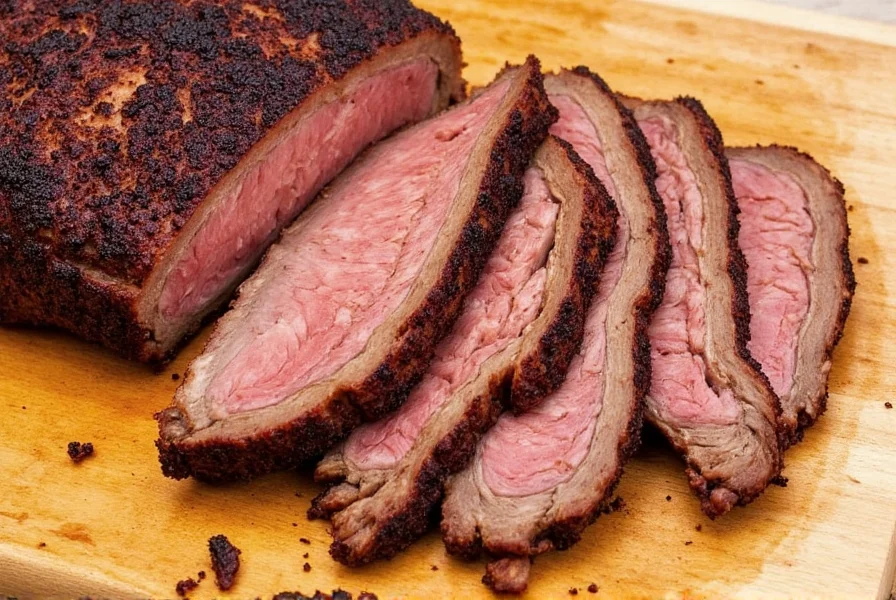









 浙公网安备
33010002000092号
浙公网安备
33010002000092号 浙B2-20120091-4
浙B2-20120091-4